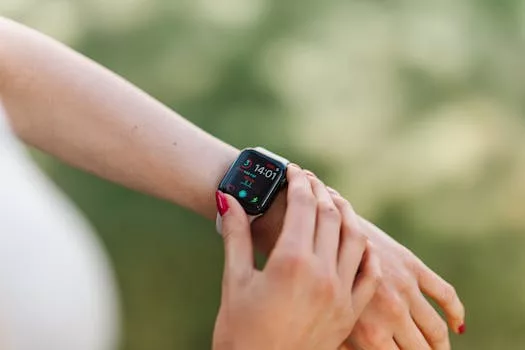
“
Health, Fashion, and Function: Exploring the Multifaceted Innovations in Wearable Tech by 2025
Wearable technology has come a long way since its inception, transforming from simple fitness trackers to sophisticated devices that integrate health, fashion, and function. As we approach 2025, the wearable tech industry is poised to witness a significant surge in innovations, catering to diverse needs and preferences. In this article, we will delve into the multifaceted advancements in wearable technology, exploring its convergence with health, fashion, and function.
Section 1: Introduction to Wearable Tech
Wearable technology refers to electronic devices that are designed to be worn on the body, often to track fitness, health, or other metrics. The first wearable devices were simple pedometers and heart rate monitors, but over the years, the technology has evolved to include smartwatches, fitness trackers, smart glasses, and even wearable sensors. These devices have become an integral part of our daily lives, helping us to stay connected, track our fitness goals, and monitor our health. For more insights, check out Wearable Tech in 2025: Bridging the Gap Between Health and Technology.
Section 2: Health and Wellness
One of the primary applications of wearable technology is in the realm of health and wellness. Wearable devices can track various health metrics, such as heart rate, blood pressure, and sleep patterns, providing valuable insights into our physical and mental well-being. For instance, smartwatches can detect irregular heart rhythms, while fitness trackers can monitor our daily activity levels and offer personalized recommendations to improve our fitness. Additionally, wearable devices can also track our nutrition and hydration levels, enabling us to make informed decisions about our diet and lifestyle. This innovation is crucial as we look forward to key wearable tech innovations in 2025.
Section 3: Fashion and Aesthetics
Wearable technology is not just about functionality; it is also about fashion and aesthetics. Many wearable devices are designed to be stylish and fashionable, catering to diverse tastes and preferences. For example, smartwatches come in a range of designs, from minimalist to luxurious, while fitness trackers are available in various colors and materials. The convergence of fashion and technology has led to the emergence of wearable tech as a fashion statement, with many designers incorporating wearable devices into their collections.
Section 4: Functionality and Innovation
As wearable technology continues to evolve, we can expect to see significant advancements in functionality and innovation. One area of focus is on the development of more sophisticated sensors and algorithms, enabling wearable devices to track a wider range of health metrics and provide more accurate insights. Another area of innovation is in the realm of augmented reality (AR) and virtual reality (VR), with wearable devices being designed to integrate with these technologies. For instance, smart glasses with AR capabilities can provide users with real-time information and feedback, while VR headsets can enable immersive fitness experiences.
Section 5: Conclusion and Future Outlook
In conclusion, wearable technology has come a long way since its inception, and its future looks promising. As we approach 2025, we can expect to see significant advancements in health, fashion, and functionality, catering to diverse needs and preferences. The convergence of wearable technology with health, fashion, and innovation will continue to revolutionize our daily lives, enabling us to stay connected, track our fitness goals, and monitor our health. Whether you are a fitness enthusiast, a fashionista, or simply someone looking to stay on top of your health, wearable technology has something to offer.


